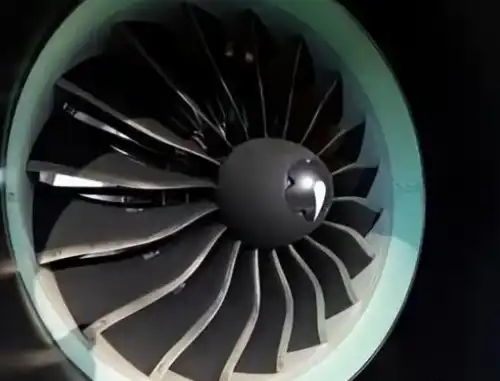In the aviation manufacturing industry, titanium alloy materials are becoming more and more popular. As a key means of connecting these materials, aviation titanium alloy welding technology has played an important role in promoting the development of the aviation industry. From the main structure of the aircraft to the core components of the engine, the application of titanium alloy welding technology runs through, and its importance is self-evident.
The core advantage of aviation titanium alloy welding technology is that it can achieve efficient and precise connections of titanium alloy materials. Titanium alloys are favored in aviation manufacturing due to their high strength, low density, excellent corrosion resistance, and excellent high and low temperature performance. However, the processing and connection of this material is not easy. Traditional welding methods often fail to meet their high requirements for dimensional accuracy and performance, and the emergence of aviation titanium alloy welding technology provides a perfect solution to this problem.

In the process of aviation titanium alloy welding, the application of laser welding technology is particularly prominent. It uses a high-energy-density laser beam as a heat source to quickly heat and melt the titanium alloy workpiece locally, thereby achieving a precise connection. The advantage of this welding method is that its energy is highly concentrated, which can achieve precise local heating and a very small heat-affected zone. This means that during the welding process, the thermal damage to the titanium alloy workpiece can be minimized, effectively avoiding problems such as material performance degradation and deformation caused by overheating. For example, when welding titanium alloy structural parts of aircraft wings, laser welding technology can ensure the shape accuracy and structural strength of the wing, and will not affect its aerodynamic performance due to thermal deformation during welding.
In addition to accurately controlling the heat-affected zone, the welding speed of laser welding aviation titanium alloys is also amazing. The high-energy-density laser beam can melt and solidify the titanium alloy in a very short time, greatly improving production efficiency. In the large-scale production of aviation manufacturing, time is cost. This advantage of laser welding can effectively shorten the production cycle and reduce production costs. Taking the welding of aircraft engine blades as an example, the use of laser welding technology can quickly complete the connection of blades while ensuring the welding quality, meeting the needs of large-scale production of engines.
Laser welding of aviation titanium alloys can achieve high-quality welds. Due to the good protection of the molten pool during laser welding, the weld metal is pure, and there are very few defects, such as pores and cracks. For aviation standard titanium alloys, the quality of the weld is directly related to the safety and reliability of the entire structure. In the titanium alloy welding of aircraft landing gear, high-quality laser welding can withstand huge impact forces and fatigue loads, ensuring the safety of the aircraft during take-off and landing.
With the continuous development of aviation technology, the performance and quality requirements of titanium alloy structural parts are also constantly improving. Aviation titanium alloy welding technology is also constantly innovating and improving. Nowadays, the automation and intelligence of welding are also constantly improving. By introducing robot technology and online detection systems, it is possible to achieve precise control and real-time monitoring of the titanium alloy welding process, further improving welding quality and production efficiency.
Although aviation titanium alloy welding technology has made remarkable achievements, it still faces some challenges in practical applications. For example, the precise control of laser parameters during welding, the stability of the welding environment, and the accuracy of post-welding quality inspection all need further research and optimization. But it is certain that with the continuous advancement of technology and the continuous optimization of processes, these challenges will be overcome one by one.
The development of aviation titanium alloy welding technology not only provides efficient, precise, and reliable connection means for aviation manufacturing but also lays a solid foundation for the future development of the aviation industry. It helps aircraft fly higher, faster, and safer. In the future, with the continuous innovation and application expansion of aviation titanium alloy welding technology, we have reason to believe that it will continue to lead the transformation of aviation manufacturing technology and open a new era of the aviation industry.











